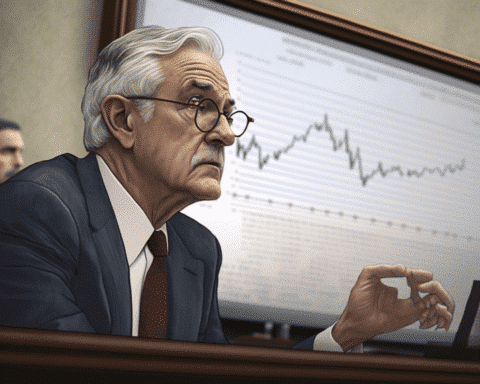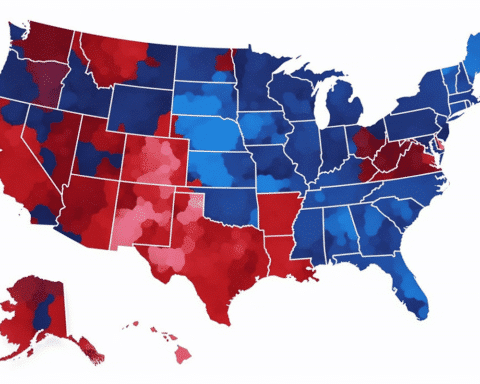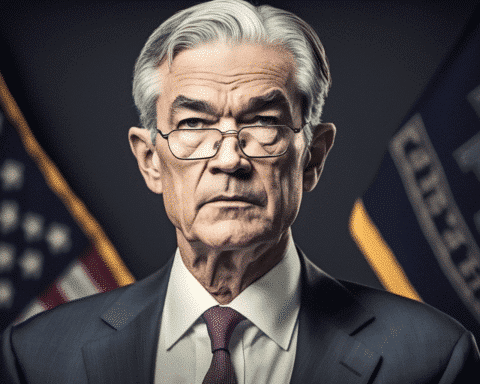Inflation continues to cool off in December, as wholesale price growth slows down significantly, according to a report by the Bureau of Labor Statistics. This indicates that the Federal Reserve’s aggressive interest rate hikes may finally be bringing price pressures under control.
Producer Price Index (PPI)
The Producer Price Index (PPI) – a key inflation metric that measures prices paid for goods and services by businesses before they reach consumers – rose 6.2% in December compared to a year earlier, which is way down from the revised 7.3% gain reported for November. The latest reading was much lower than Wall Street’s expectations, as economists surveyed by Refinitiv had forecast a 6.8% annual increase.
Decreasing Rate of Increase
The slower pace of increase marks the ninth straight time that the 12-month reading has fallen from its peak of 11.7% in March. Since March 2021, it has been the slowest annual increase. Additionally, the PPI fell 0.5% compared to November, the biggest one-month drop since April 2020, when lockdowns in the early days of the pandemic crashed demand for goods. This also marks the first monthly decline since last August.
Energy and Food Prices
The main cause of the decline is the falling energy prices. Energy prices at the wholesale level have decreased in four out of the last six months, with a drop of over 21% since reaching their highest point in June. Food prices also fell 1.2% in December compared to a month earlier, slowing their growth to 14.3% over the course of the last year – down from 15.4% in November. This marks the first monthly decline in food prices since a modest 0.1% decline in August and the biggest monthly decline in two years.
Core PPI
Excluding the often-volatile prices for food and energy, core PPI rose 5.5% over the year ending in December, and 0.1% compared to November. These were both slower increases than those in the prior month.
The Fed’s Response
This is all good news for the Fed, which at its most recent rate-setting meeting reported seeing signs of slowing inflation. The central bank said it would begin to slow the pace of interest rate increases, starting with a half-point rise in December.
Consumer Prices
The Consumer Price Index (CPI) – the government’s key measure of prices paid by Americans for goods and services – also showed a slower 12-month rise in the December reading and a drop in prices compared to November. The most recent reading of the Personal Consumption Expenditures price index (PCE), indicated a slowdown in price pressures for November.The Future of Energy Prices
Given how much of the recent slowing in inflation is driven by lower energy prices, it’s not clear how long this good news on inflation will last. The prices of energy are mainly influenced by global commodity market prices, which have been impacted by factors such as a spike in Covid cases in China and a decrease in demand. Additionally, concerns about the possibility of recessions in major economies worldwide have further pushed energy prices down, as recessions decrease the demand for energy. Nevertheless, there are predictions that with a decrease in recession risk and an improved outlook for Covid in China, demand for energy may rise again and cause prices to increase.
The report on PPI shows that inflation continues to fall in December, driven by falling energy and food prices, which is good news for the Fed and the economy in general. However, the future direction of energy prices remains uncertain, so it’s difficult to predict how long this good news on inflation will last. It’s worth noting that the PPI, CPI, and PCE are all measures of inflation, but they track different aspects of it. PPI measures prices of goods and services at the wholesale level, while CPI measures prices of goods and services at the consumer level. PCE measures prices of goods and services consumed by households. Overall, the report on PPI indicates that the Fed’s aggressive interest rate hikes may be bringing price pressures under control, but the future of inflation remains uncertain.




